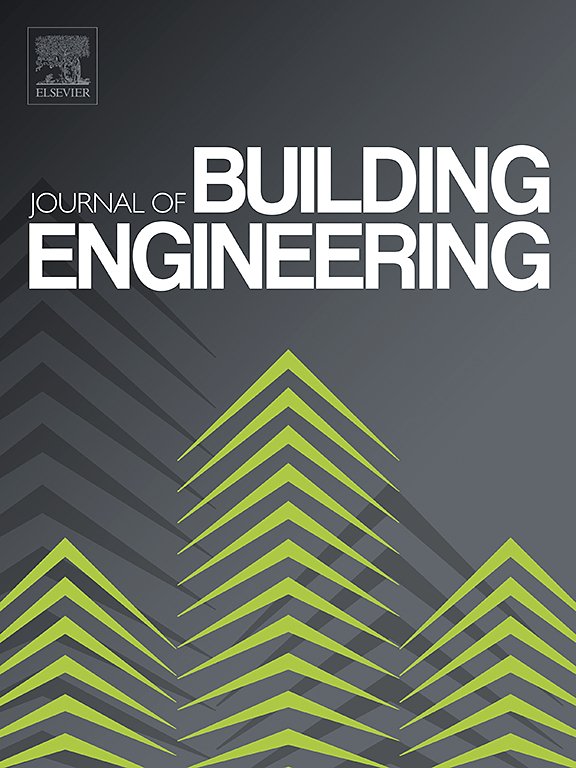摘要
泡沫或植物复合材料可以减少不可再生材料的使用,从而降低建筑行业对环境的影响。一些复合泡沫因其孔隙率低而被用作绝缘材料,在混合过程中,可以使用表面活性剂使其发泡。一般来说,泡沫的成分只包括矿物资源,没有植物成分。本研究旨在探讨两种表面活性剂(石油发泡剂 Betomouss® 和生物基癸基 α/β D-木糖醚(C10Xyl))对由石膏、泥土和亚麻鳞片制成的植物基复合泡沫的发泡、稳定性、稠度、机械和热性能的影响。石油来源的表面活性剂比生物来源的表面活性剂使复合材料的干密度降低了 10% 到 21%。最后一种表面活性剂比石油来源的表面活性剂产生的气泡更大。结果还显示,添加表面活性剂(生物源或石油源)可改善植物基复合材料的流动性,根据表面活性剂的浓度,可将铺展直径从 34.8% 增加到 50.8%。空气空隙浓度增加一倍后,导热系数从 0.078 W m-1 K-1 提高到 0.097 W m-1 K-1,而未添加发泡剂的混合材料的导热系数为 0.147 W m-1 K-1,并且热惯性良好,时滞约为 12 小时,递减因子约为 0.045(以 240 毫米深的材料为例)。Foams or vegetable composites can represent solutions to reduce the environmental impact in the building sector by decreasing the use of non-renewable materials. Some composite foams are employed as insulating material due to their low porosity which can be induced using surfactants allowing the foaming during the mixing step. Generally, the composition of foams includes exclusively mineral resources without vegetable part. This study aims to investigate the influence of two surfactants, the petrosourced foaming agent (PFA) Betomouss® and the biobased decyl α/β D-xylose ether (C10Xyl), on the foaming, stability, consistency, mechanical and thermal performances of a plant-based composite foam made of gypsum, earth and flax shives. The petrosourced surfactant decreases from 10 to 21 % more the dry density of the composite than the biosourced. This last generates larger air void bubbles than the petrosourced. The results have also shown that the addition of surfactant (biosourced or petrosourced) improves the fluidity of the plant-based composite in increasing the spreading diameter from 34.8 up to 50.8 % according to the surfactant concentration. The air void concentration is doubled inducing a thermal conductivity from 0.078 to 0.097 W m−1 K−1 in place of 0.147 W m−1 K−1 for the mix without foaming agent and a good thermal inertia with a time lag around 12 h and a decrement factor around 0.045, in considering a 240 mm depth material.

 求助内容:
求助内容: 应助结果提醒方式:
应助结果提醒方式:


